 Eye of the Beholder
Eye of the Beholder
Sega CD, 1994
Developer: Westwood Studios/FCI
Publisher: Sega
Like Ultima: Quest of the Avatar, Eye of the Beholder was one of those games I just couldn’t wrap my brain around as a young kid. Released in 1991 for DOS PCs and the Commodore Amiga, EOTB was an early first-person dungeon crawler which iterated ever-so-slightly on the the formula established by FTL Games’ Dungeon Master. What, precisely, does that mean, you ask? Well, let me spell it out for you.
In EOTB, you control a squad of up to six heroes on a quest to save the city of Waterdeep from the evil machinations of a beholder named Xanathar. A beholder is kind of like a Madball with a whole bunch of antennae-eyes. As sinister eyeball monsters are wont to do, Xanathar has set up shop in a secret lair deep within the city’s sewers, which, coincidentally, are inhabited by a slew of spider-worshiping purple elves, malevolent bird people and sinister toad men. Kill them all, find your way out, end of story.

While EOTB utilizes a first-person perspective, movement is restricted to a tile-based grid. Don’t expect any fancy modern conveniences like “scrolling” here – Wolfenstein 3D was about a year and a half off. You move and turn your party of heroes by clicking on set of directional icons on the game’s HUD. If you’re used to contemporary first-person camera controls, this can be more than a little jarring, as the sudden perspective changes make it very easy to become disoriented. Back in in 1991, though, getting disoriented was what they called a “feature.” You just sort of assumed you’d have to make a map when you played an RPG, so it was a forgivable offense.
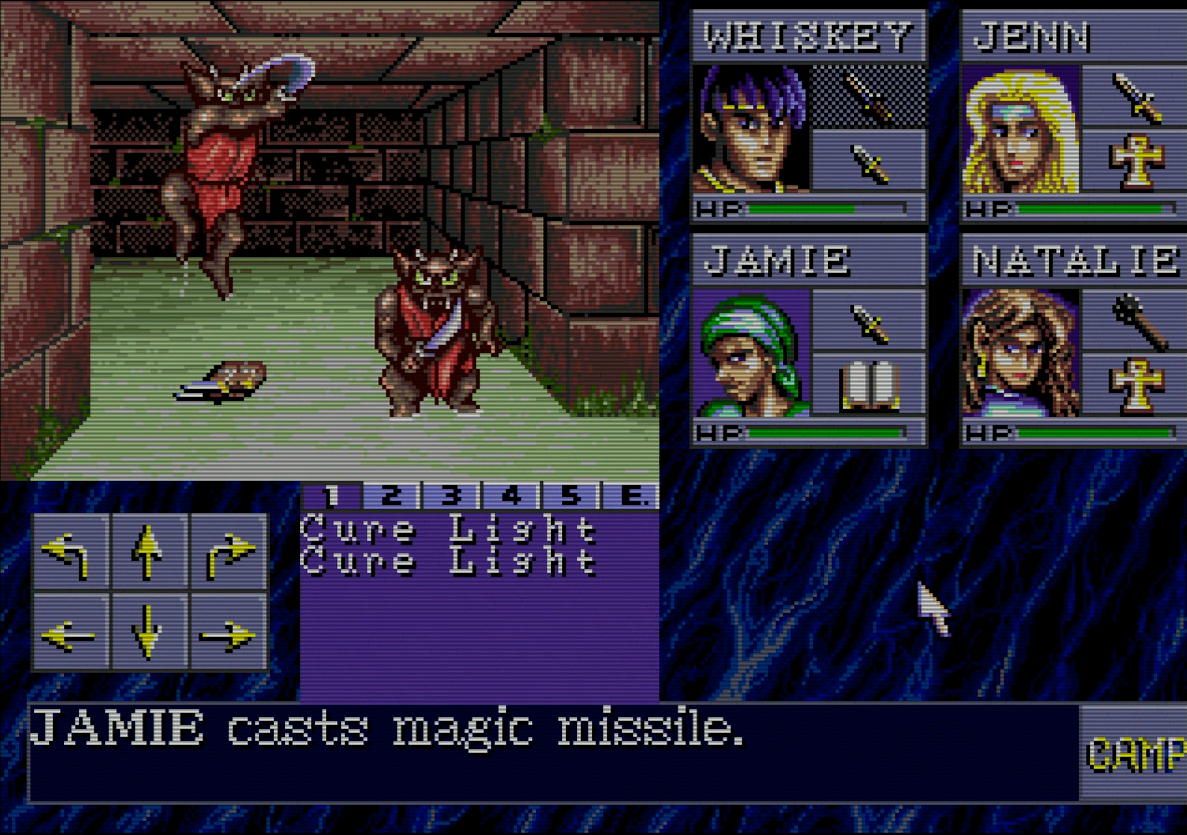
Despite its tile-based movement, the action in EOTB plays out in something resembling real time. This means you’ve got to keep your party moving, reacting and attacking at a decent clip, lest they be ripped to shreds; playing the game effectively requires you to nimbly navigate a series of dense (though not unintuitive) menus in the middle of tense situations. Additionally, as its trappings suggest, EOTB is an Advanced Dungeons & Dragons licensed product. This means it reaps the benefits (and occasionally suffers from the quirks of) a well-defined tabletop RPG rule set. Characters can only act a certain number of times in any given “round” of combat, they can only attack with melee weapons if they’re in your front ranks, and spells must be re-memorized after every use.

You can even die of hunger. Seriously – you could quite legitimately argue that “Create Food” is the most powerful spell in the game. In short, EOTB is kind of like playing an actual game of AD&D with a DM who just won’t chill out and wait for you to respond before giving into his thinly veiled god-complex, because GOD DAMMIT DAVE, I JUST NEEDED TO GO TO THE BATHROOM YOU DIDN’T HAVE TO LET THAT TROLL KILL MY CLERIC. CHRIST.
*Ahem.* Sorry about that. Anyway, if that description even comes close to tickling your fancy, I’d give EOTB a shot. And, if you have access to a Mega Mouse (or some questionable gray market alternative), I’d strongly suggest you do what I did, and play the 1994 Sega CD port. The gameplay is all but identical, and graphically, it’s at least on par with its PC and Amiga counterparts. Hell, the addition of cinema sequences may actually give it a leg up.
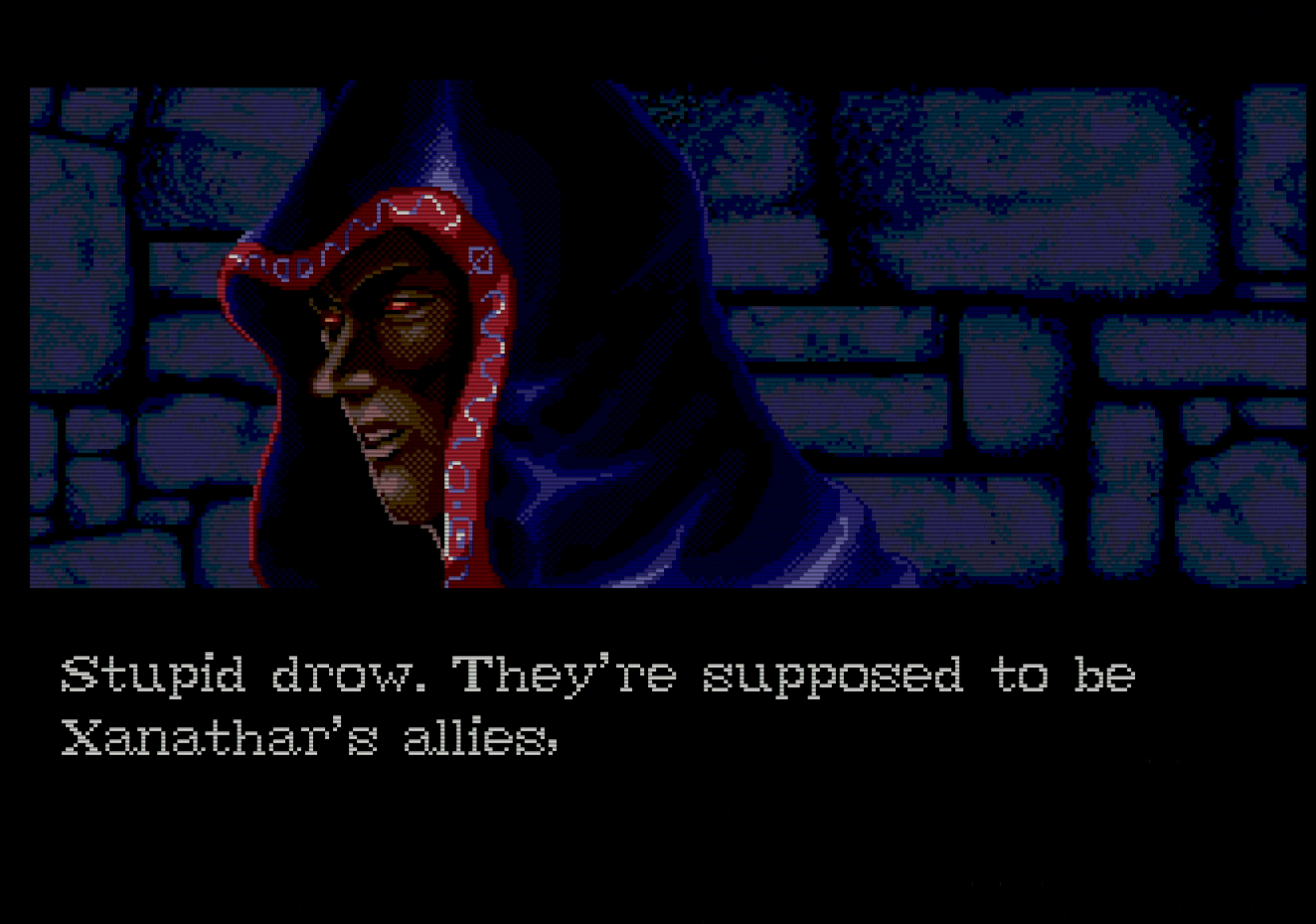
But screw the graphics, man. The Sega CD port of EOTB has one thing its source material was sorely lacking: a soundtrack. A glorious, redbook audio soundtrack from legendary game music composer Yuzo Koshiro. While EOTB is not one of Koshiro’s more well-known soundtracks, I’d put it right up there with his work on the Streets of Rage series and ActRaiser. Despite the fact that Koshiro’s EDM-inspired style seems wholly ill-matched to the AD&D license, it somehow manages to be a perfect fit for the haunting isolation of EOTB’s labyrinths. It’s not unlike that time your party’s thief got really into electronic music and demanded that you STOP LISTENING TO POWER METAL FOR FIVE GOD DAMN MINUTES OR ELSE HE WAS TAKING HIS MINIATURES BACK UP THE STREET.
Uh, anyway… here it is in its entirety:
Like Gain Ground SX, EOTB for the Sega CD is noteworthy in that it’s a port that, in many ways, outshines its source material. Regardless, I feel the need to qualify my praise by again noting that you shouldn’t bother playing this game without a Mega Mouse. Simply put, it’s far too much of a chore to navigating the game’s multi-tiered menus with a gamepad is far too cumbersome. you’d be better off playing the PC original.
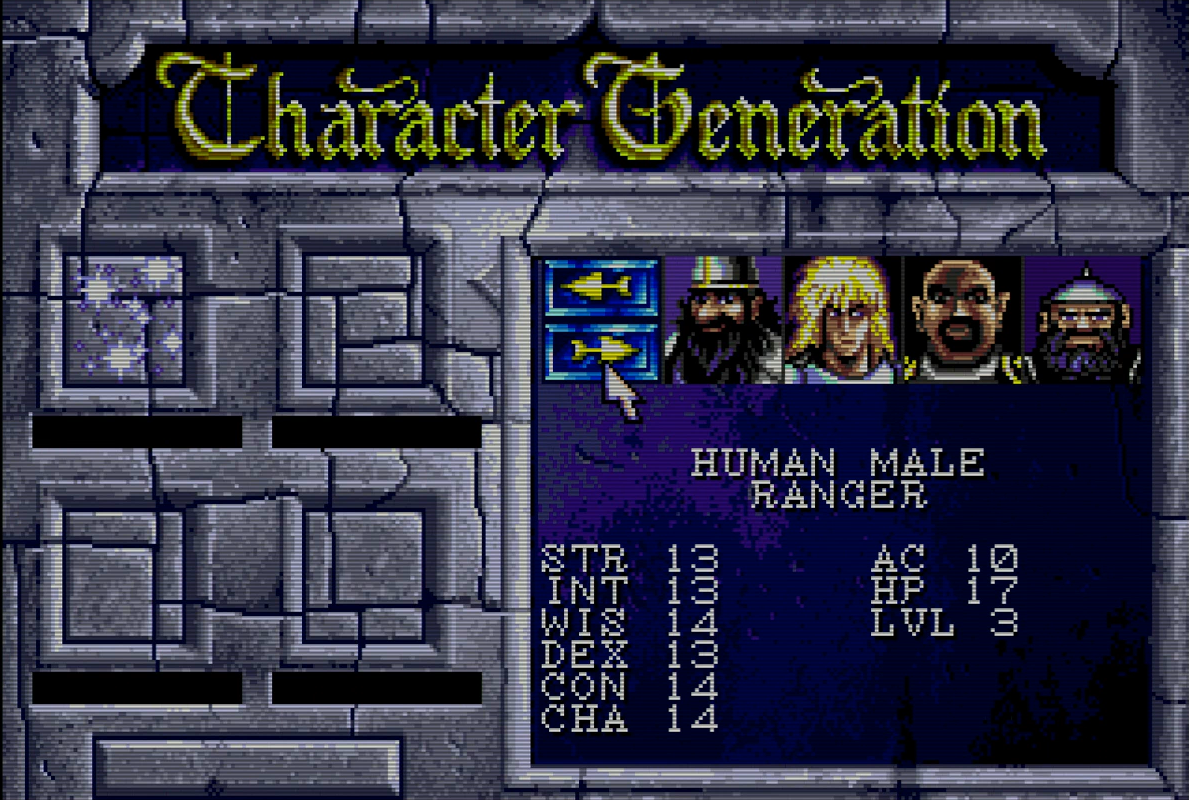
Should you decide to give EOTB a shot, I hope you’ll accept the following images of the in-game dungeon maps as a parting gift. While EOTB does require you to actually find its maps before you you can access them, they take an annoyingly long time to load on the Sega CD’s single speed disc drive; an external image is an extremely useful convenience. Use them in good health, but try not to deprive yourself of the joy of getting lost – finding your way is half the fun.
For optimal enjoyment, we here at Subspace Briefcase recommend that you play Eye of the Beholder in a dark basement after several dateless weeks. It increases the authenticity of the experience.
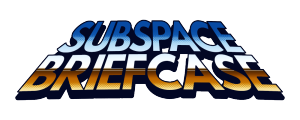
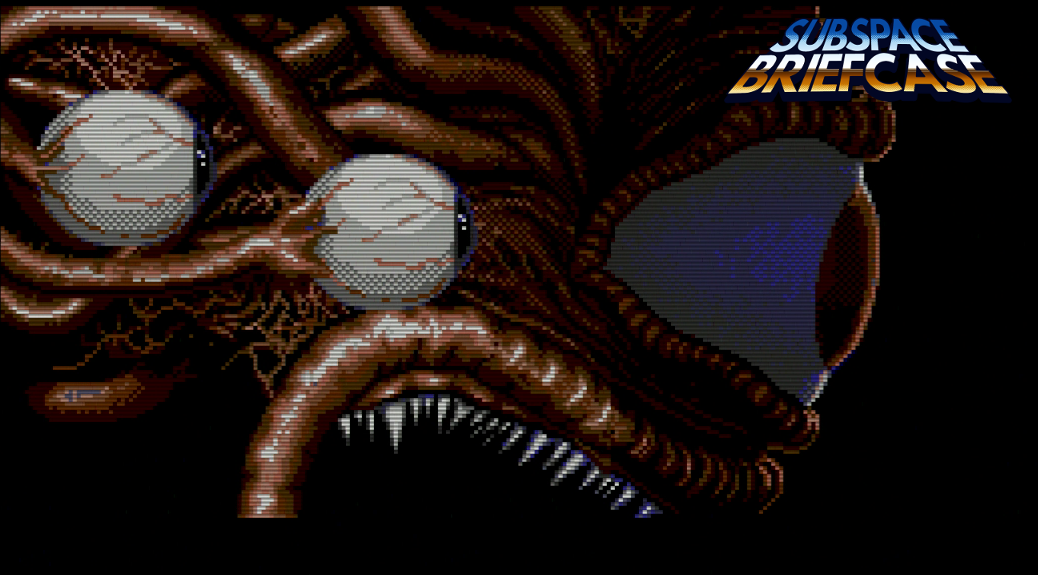
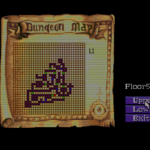
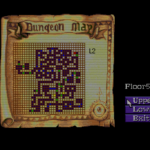
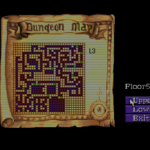


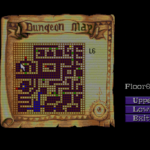
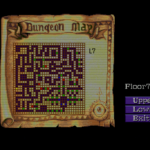

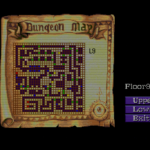
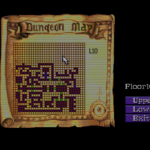

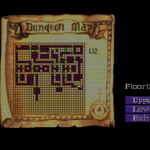
Your cleric deserved it. And maybe the next time the DM asks you to bring him a Coke you’ll bring him a goddamn Coke.
RIP Replith. 1991-1991. Someone should have told the poor bastard that “Create Water” didn’t let him shoot high pressure hyrdo blasts from his fingers.